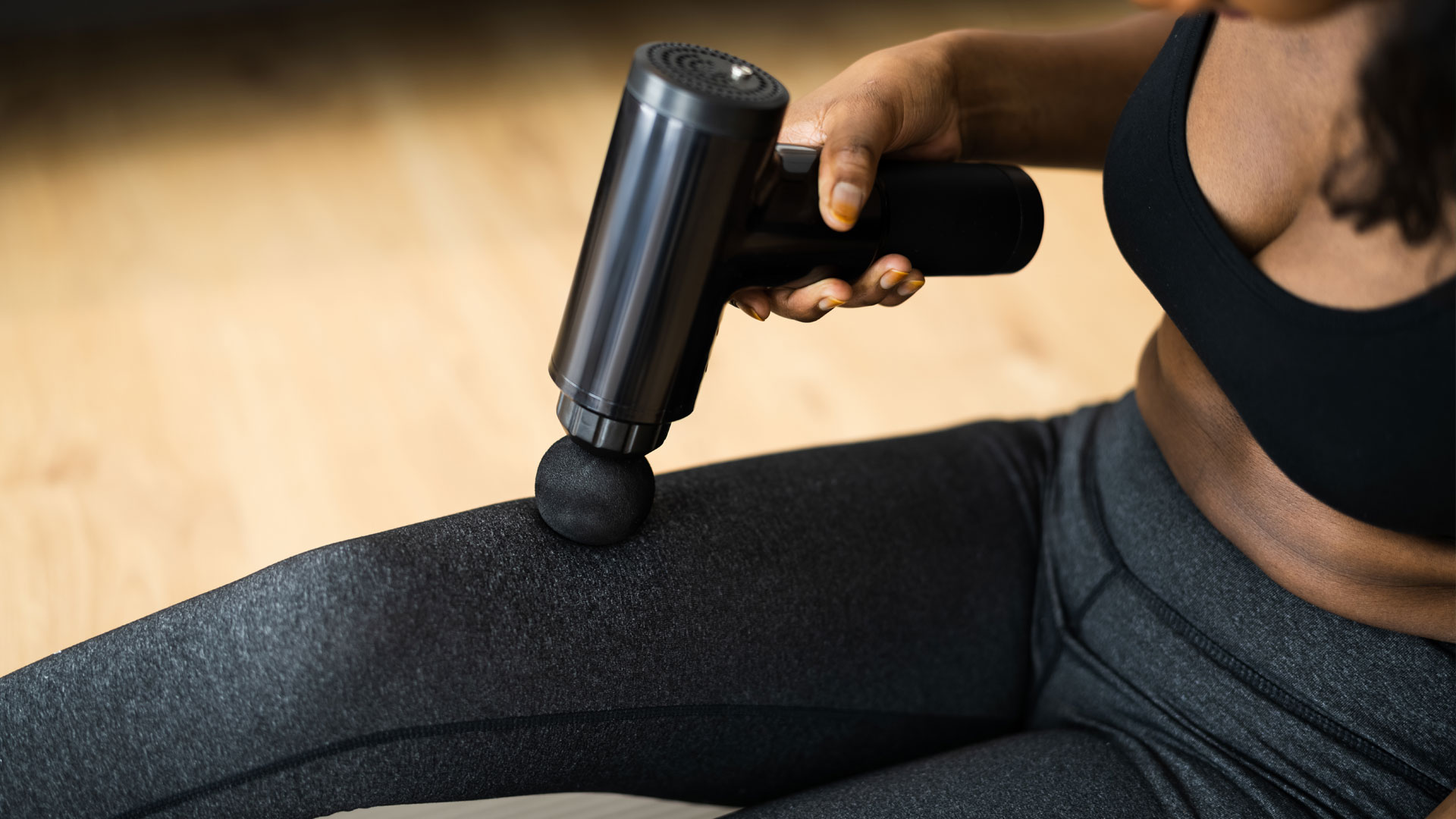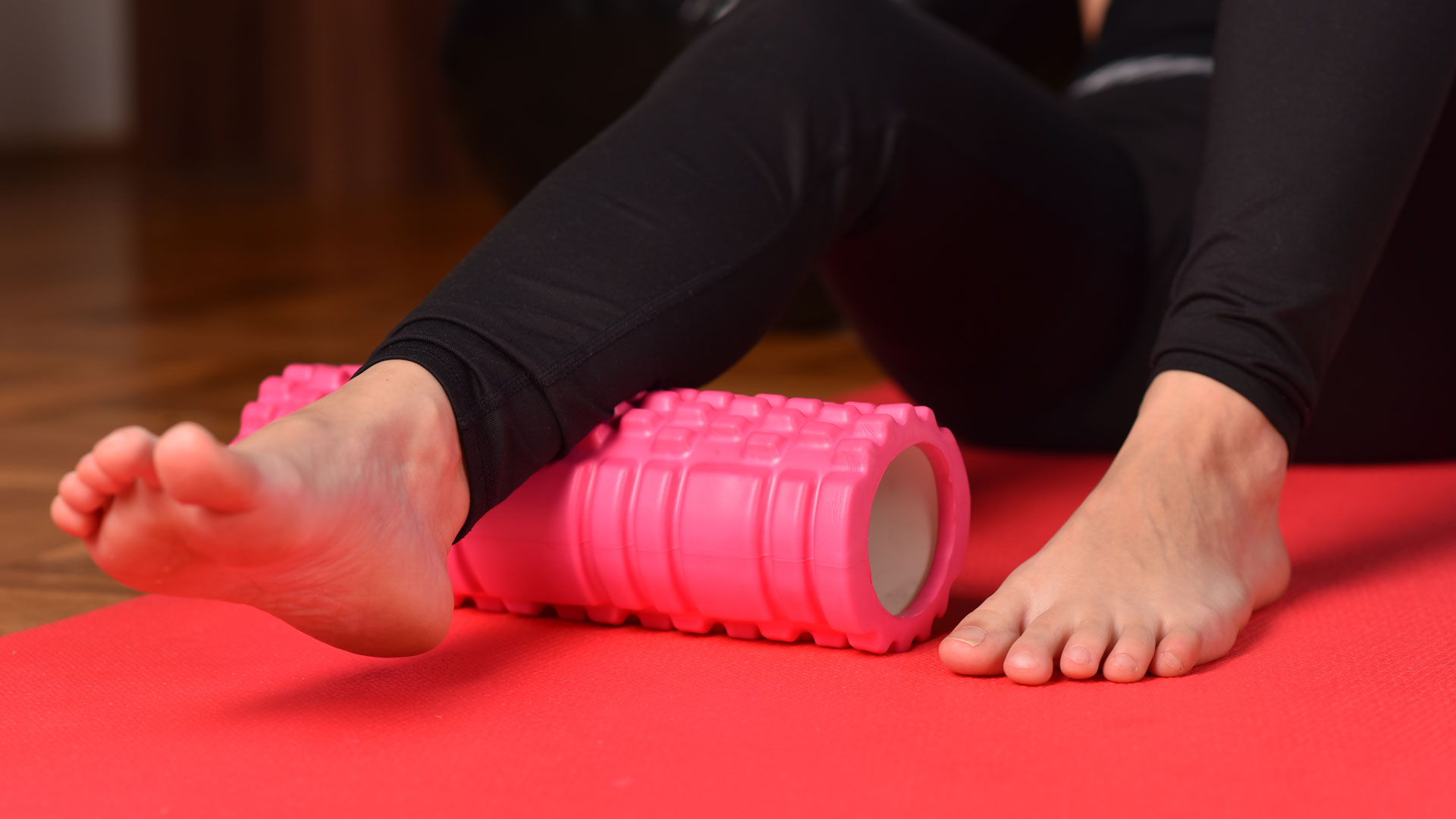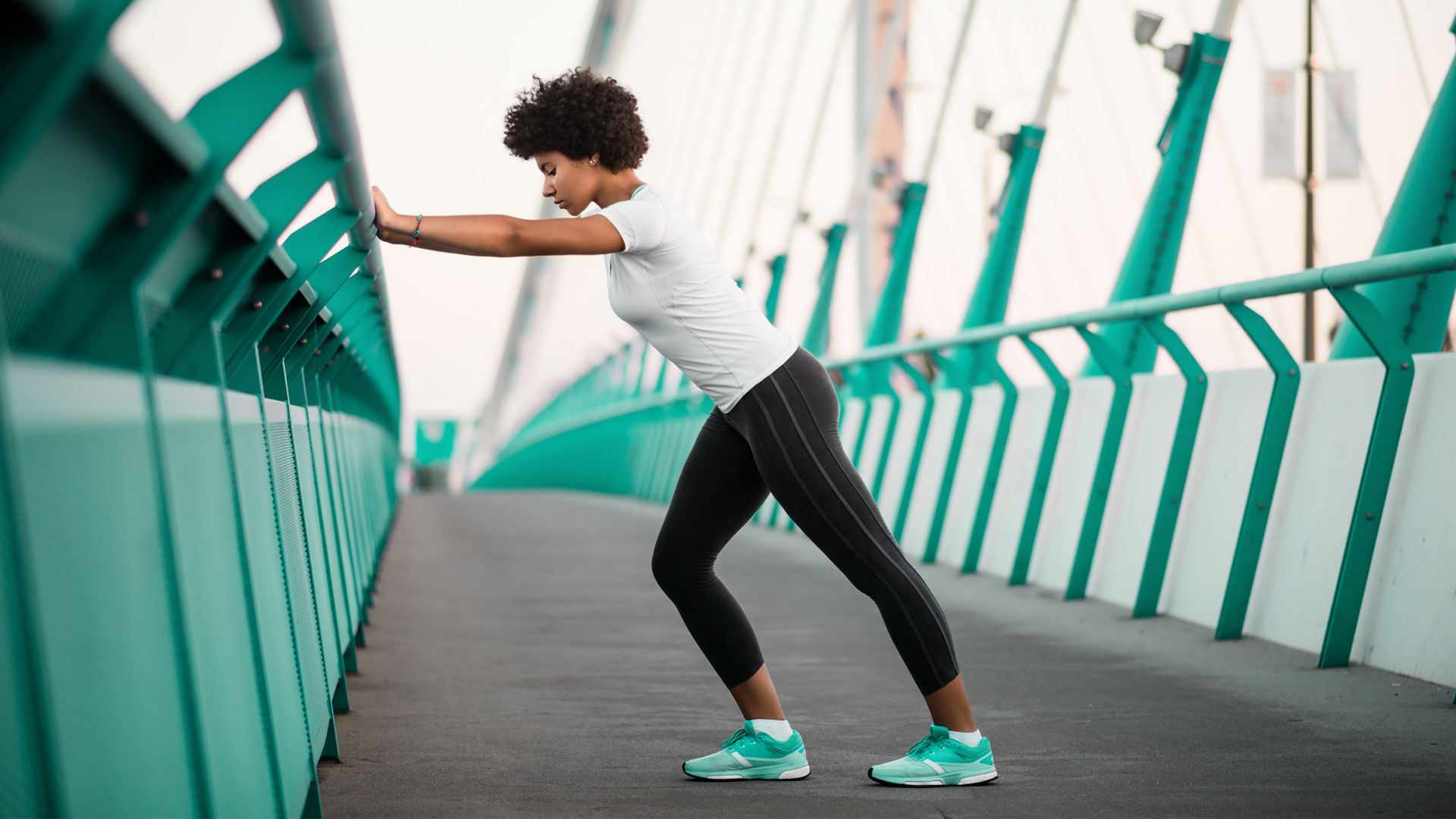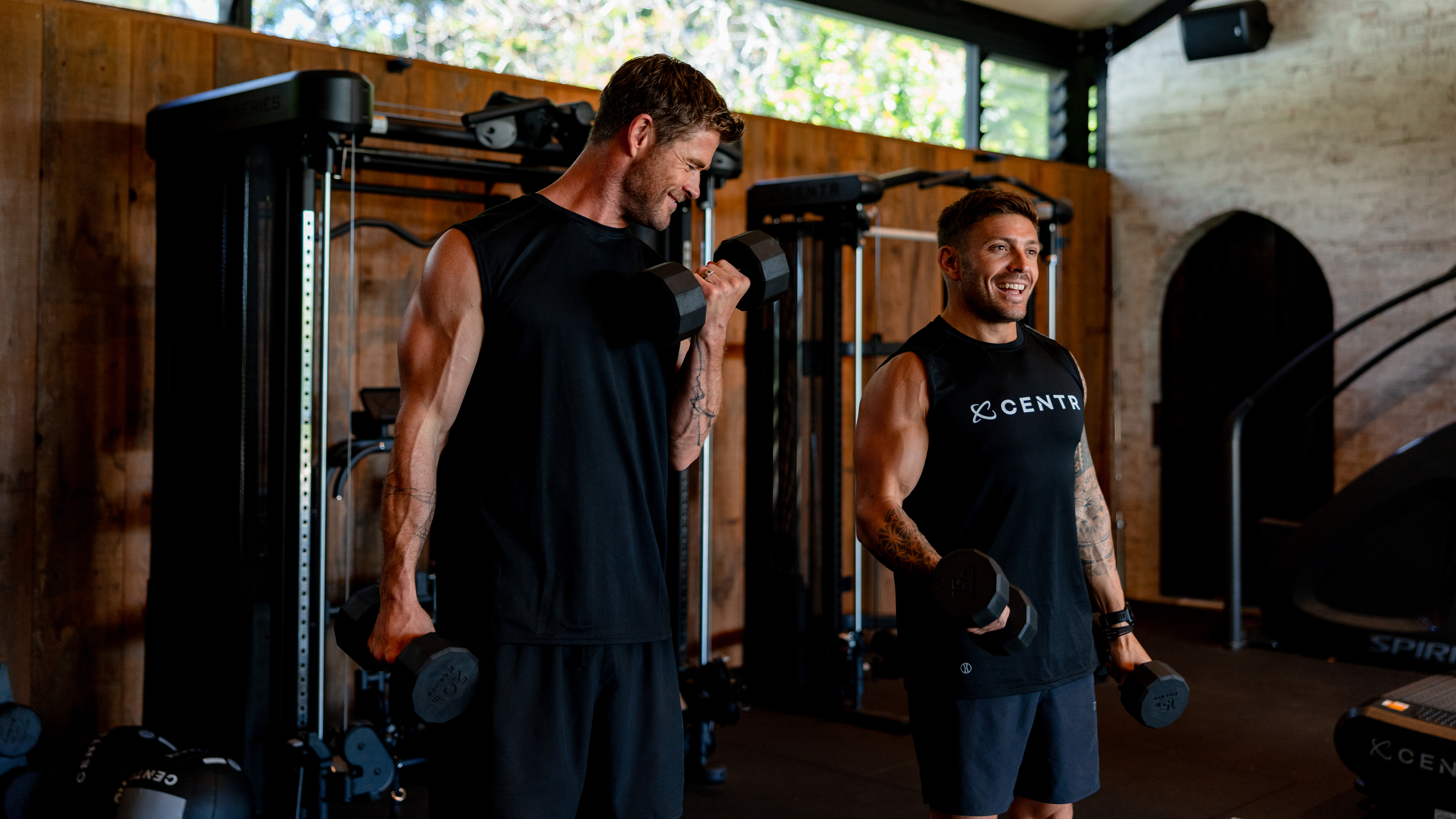What is DOMS?
What is DOMS? We explain all here, including whether you can prevent DOMS


If you’ve been asking; what is DOMS? You’re in the right place. You may have heard people mention DOMS at the gym and wondered, “what is DOMS?” Even if you don’t know the acronym, chances are you’ve experienced it following a workout. DOMS stands for delayed-onset muscle soreness - muscle pain that typically occurs 12 to 24 hours after exercise. You won’t feel DOMS during a workout. If you feel pain during or immediately after working out, that’s called acute muscle soreness.
You may feel great immediately after a workout but struggle to climb a flight of stairs the day after using the best exercise machines to lose weight or find reaching up to grab something off a shelf giving you a twinge of pain. That’s DOMS.
Post-workout pain can be irritating, but is there anything you can do to stop it? This article will explore why DOMS happens and if you can do anything to prevent it.
What is DOMS? Everything you need to know
Personal trainer and nutrition coach Mandy Wong Oultram explained why DOMS happens. She said; “DOMS can occur if you are going harder than usual or starting a new program or activity. DOMS can affect anyone, irrespective of fitness level. You should not let this deter you because this kind of muscle soreness is very normal and is a sign of your body adapting to an exercise.”
According to the American College of Sports Medicine, symptoms of DOMS typically occur at least 12 to 24 hours after a workout. The pain tends to peak about one to three days after your workout and should ease off after that.
There are many symptoms of DOMS that go beyond muscle pain. Some of the most common symptoms include:
- Swelling of the affected limbs
- Stiffness of the joint accompanied by a temporary reduction in a joint’s range of motion
- Tenderness to the touch in the affected area
- Temporary reduction in strength of the affected muscles
If you have DOMS, you may wonder how to get rid of it. Unfortunately, there’s no simple way to treat DOMS, and nothing is proven to be completely effective. However, some things that might help ease the symptoms include ice packs, painkillers, and massage. A 2014 study found that a post-exercise massage can help reduce pain. And in the long term, regularly getting massages may increase your body’s ability to fight off DOMS.
Get the Fit&Well Newsletter
Start your week with achievable workout ideas, health tips and wellbeing advice in your inbox.
You might be tempted to avoid all exercise when DOMS strikes, but unless it’s severe, not moving about may worsen pain and stiffness, not ease it. So instead, think about trying some gentle movement throughout the day. It won’t speed your recovery, but it might lessen the soreness.
Try gentle yoga or some low- to moderate-intensity walking, cycling, or swimming to keep your muscles moving. For example, in one 2012 study, women who performed a 20 cycling workout immediately after their DOMS-inducing strength workouts found a reduction in muscle pain along with an added boost in strength.
DOMS generally doesn’t require medical intervention. But you should seek medical advice if the pain becomes unbearable or you experience severe swelling.

What causes DOMS?
When muscles are required to work harder than they're used to or they’re used in a different way, it's believed to cause microscopic damage to the muscle fibers, which results in muscle soreness or stiffness. One common misconception about DOMS is that it is due to an accumulation of lactic acid, but studies have found that lactic acid is not a component of this process.
Examples of activities that are known to cause DOMS include:
- Strength training exercises
- Walking or running downhill
- Jogging
- Step aerobics
- Jumping
Activities that cause DOMS all cause muscles to lengthen while force is applied. This is called eccentric muscle action. Examples of eccentric muscle actions include the lowering phase of a bicep curl exercise or the lengthening of the thigh muscles during walks or jogs downhill. Jogging or running on a flat surface may also DOMS symptoms for those unused to this type of activity.
The severity of soreness depends on the type of force placed on the muscle. For example, running down a hill will put greater force on the muscle than walking down the same hill. Therefore, developing soreness will likely be more significant after running down a hill. Similarly, a high number of repetitions will cause more damage and soreness than a low number of repetitions. As a result, work your way gradually into a new exercise program.
All people are susceptible to DOMS, even those who have been exercising for years. However, the severity of soreness becomes typically less as your body becomes adapted to the exercise it regularly performs.

Can you prevent DOMS?
Wong Oultram says, “While you cannot avoid DOMS completely, you can take action to decrease its intensity. One of the best strategies is to start new fitness programs gradually and slowly. This will allow your muscles time to adjust to the new activity. I recommend following the 10% rule, in which you increase your activity intensity no more than 10% in a week.”
You may not be able to avoid DOMS altogether, but you can take steps to lessen its intensity.
- Hydration helps - One study found that men who exercised in hot, humid temperatures had a significant dip in muscle soreness when they drank water before, during, and after exercise, compared to men who didn’t hydrate properly.
- Make sure you warm up properly - Spend 5 to 10 minutes before each workout, doing some dynamic stretching to warm your muscles up.
- Invest in a foam roller - Foam rolling performed after exercise has been found to reduce DOMS, increase range of motion, and enhance sports performance during the next day. See our round-up of the best foam rollers.
Looking for more fitness advice, check out workout to lose belly fat: everything you need to know.
Catherine is a freelance journalist writing across titles such as Verywell Health, Healthline, The Daily Telegraph, Refinery29, Elle, and Vogue. She specializes in content covering health, fitness, wellness, and culture. A once reluctant runner, Catherine has competed in 30 running events in the past five years and looks forward to one day running the London Marathon.
-
 Build blockbuster arms and abs with Chris Hemsworth's go-to dumbbell circuit
Build blockbuster arms and abs with Chris Hemsworth's go-to dumbbell circuitAll you need are adjustable dumbbells and 20 minutes
By Sam Rider Published
-
 Forget crunches—if I wanted to improve core strength I'd do this neck-friendly Pilates workout
Forget crunches—if I wanted to improve core strength I'd do this neck-friendly Pilates workoutAnd it takes just five minutes
By Maddy Biddulph Published